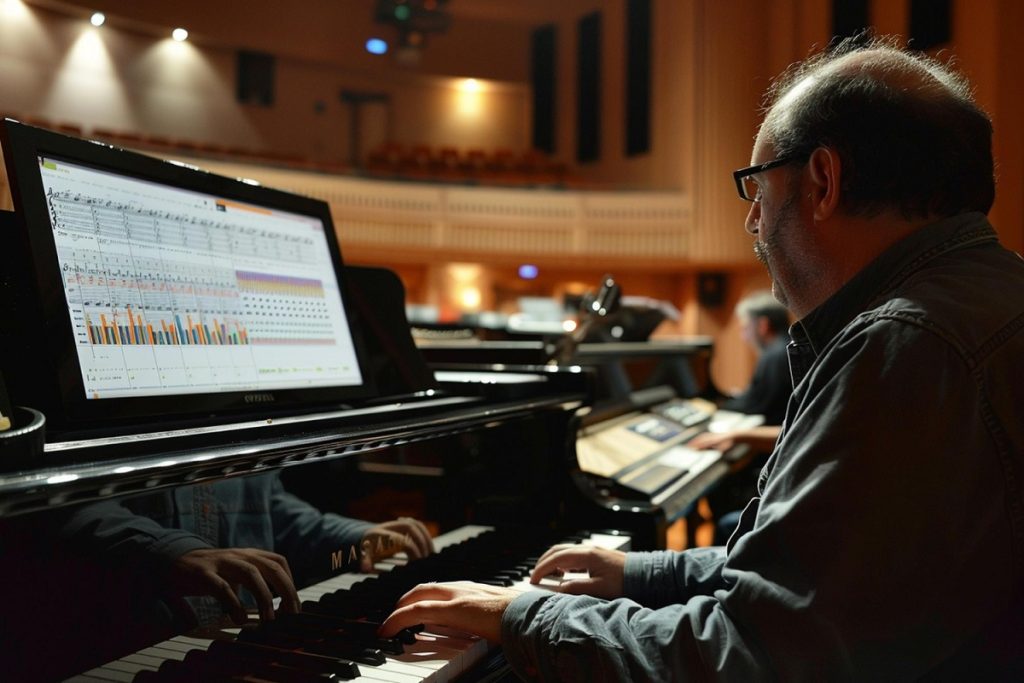Films are a multi-sensory experience, but often, it is the audio element that deeply influences the emotional tone of a narrative—a role predominantly carried by the soundtrack. Through the strategic use of music, filmmakers can evoke specific feelings, enhance the storytelling, and create memorable moments that resonate with audiences long after the credits roll.
The emotional impact of music in Film
At its core, a soundtrack’s purpose is to complement the visual elements of a film, enriching the audience’s emotional experience. Music can act as an emotional guide, signaling to the viewer how they should feel about a particular scene or character. Whether it’s the tension of a horror film or the sweeping romance of a love story, the soundtrack amplifies and sometimes even defines these tones.
Aiding narrative and character development
Music also plays a crucial role in narrative and character development. A character’s theme, for instance, can provide insight into their personality or mood, evolving over time to match their development. Iconic themes, such as Darth Vader’s imposing “Imperial March” in the Star Wars series, instantly evoke a powerful persona and set a mood of impending conflict.
Setting the atmosphere
In terms of atmosphere, the strategic pauses and surges of a score can make the difference between an ordinary scene and one that is poignant. Atmospheric use of music can transport audiences into the film’s setting, making the experience immersive. For instance, the haunting score of “Twin Peaks” by Angelo Badalamenti beautifully encapsulates the eerie, mysterious aura of the town and its inhabitants.
Cultural and historical significance
Soundtracks also carry cultural and historical significance, often influencing music trends and pop culture. For example, the soundtrack of “Saturday Night Fever” not only epitomized the disco era but also played a fundamental role in popularizing disco music globally.
Exemplary transitions in music usage
In some films, the juxtaposition of period-specific songs against the visuals can create striking contrasts that may foreground a theme or critique. Quentin Tarantino’s use of 1970s music in “Django Unchained”, a film set in the 1850s, invites viewers to draw parallels between historical and modern attitudes towards violence and exploitation.
Key composers and notable works
John Williams, Hans Zimmer, and Ennio Morricone are some of the most revered composers in film history, known for their ability to connect with audiences on an almost instinctive level. Williams’ score for “Schindler’s List” not only accentuates the profound sadness of the film but also imbues it with a sense of hope.
Underrated scores that have shaped film moments
While some soundtracks become as famous as the films themselves, others perform their role silently, yet powerfully. For example, the minimalist score created by Trent Reznor and Atticus Ross for “The Social Network” subtly underlines the cold ambition and isolation that characterize the film’s protagonist.
Soundtracks contribute significantly to the emotional depth and narrative sophistication of film productions. From signaling character development to embedding cultural messages, the role of music in film is complex and impactful. As we continue to witness diversification in the types of music used in soundtracks, their influence on both movies and audiences is undeniably profound—and continues to be an essential element of successful storytelling.






